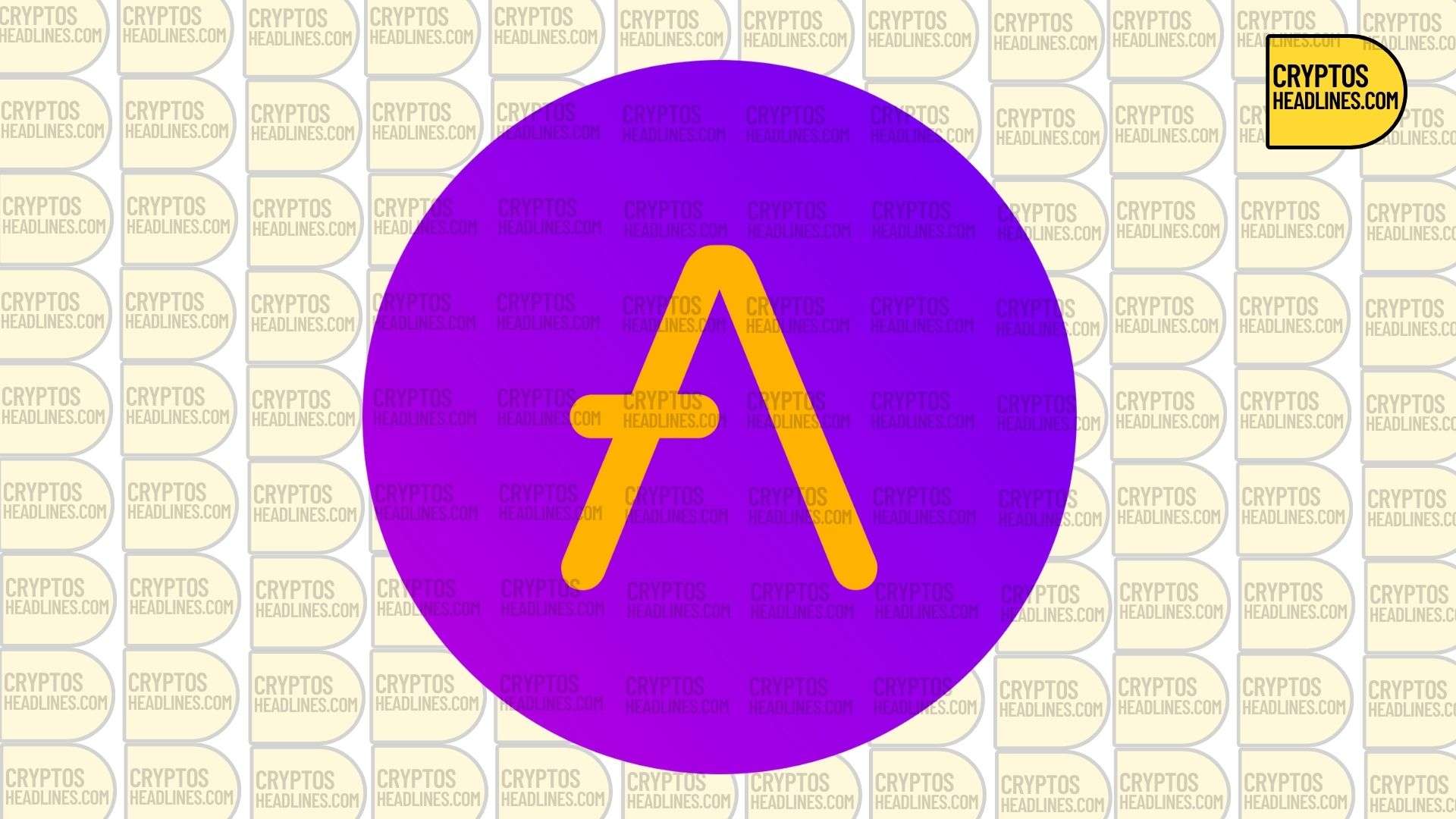In 2024, Bitcoin is expected to undergo significant changes, especially with the halving event drawing closer. Many wonder if Bitcoin has already moved past its original white paper.
The Bitcoin halving event set for April is a big deal for the largest cryptocurrency in 2024. It marks a crucial moment in its journey. Additionally, this year also celebrates the 16th anniversary of the Bitcoin White Paper.
Bitcoin’s Code vs. ‘Constitution’
In the ever-watchful eye of the market, Bitcoin’s performance remains a focal point. Yet, a significant aspect emerges: Bitcoin’s operation and governance rely on its code rather than a traditional ‘constitution.’
The white paper, where Bitcoin’s code is initially outlined, is pivotal. However, as the market evolves, the distinction becomes critical. Bitcoin’s journey has surpassed the original concept presented in “Bitcoin: A Peer-to-Peer Electronic Cash System.”
According to Joe Carlasare, a commercial litigator and BTC advocate, the white paper does not encapsulate all facets of Bitcoin today. Carlasare emphasizes that “Bitcoin is not the white paper and it never has been.” He highlights the absence of crucial elements, such as the 21 million Bitcoin cap, in the white paper—a key feature designed to thwart inflation.
Bitcoin’s White Paper and Evolving Functionality
Commenting on the absence of certain elements in the white paper, crypto commentator and author Jason A. Williams draws attention to the lack of a specified block size, which is a crucial aspect of Bitcoin’s functionality.
Expanding on this discourse, cybersecurity and crypto influencer Kurt Wuckert Jr. contributes by highlighting the implications of the white paper’s role as a controlling document. According to Wuckert Jr., if the white paper serves as the primary reference, Satoshi Nakamoto, as the issuer of bitcoin, holds a fiduciary role until the protocol stabilizes to the extent that it becomes regulated as a commodity.
Moreover, Wuckert Jr. underscores the complexity introduced by the decentralized nature of Bitcoin development. He notes that developers often contribute as individuals rather than representing corporations or organizations.
In further analysis, Wuckert Jr. suggests that this decentralized model presents a second-order effect: as controllers of the repository, developers become fiduciaries. Consequently, with each significant alteration to the codebase, the network transitions incrementally into a platform increasingly governed by fiduciary oversight.












